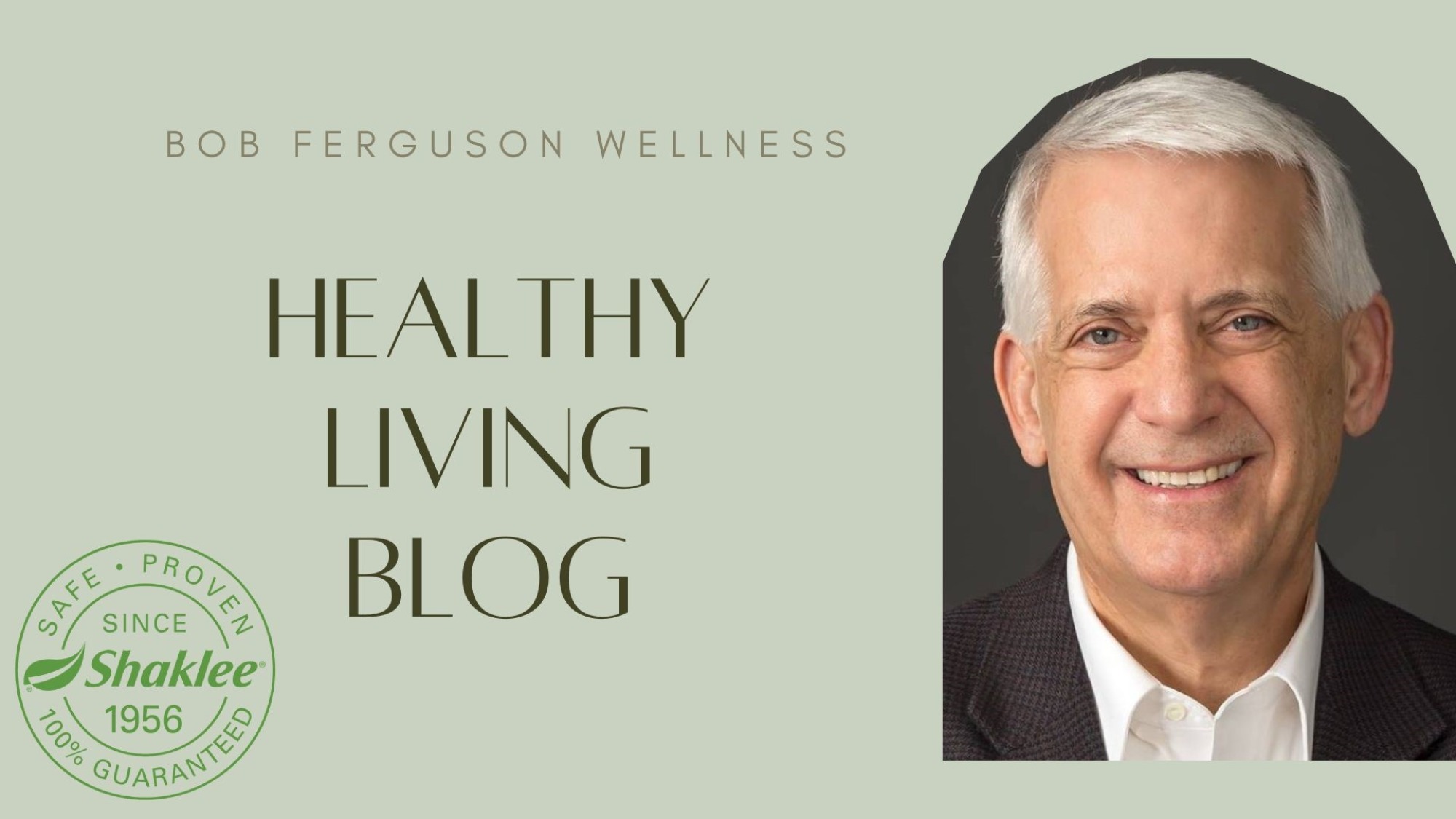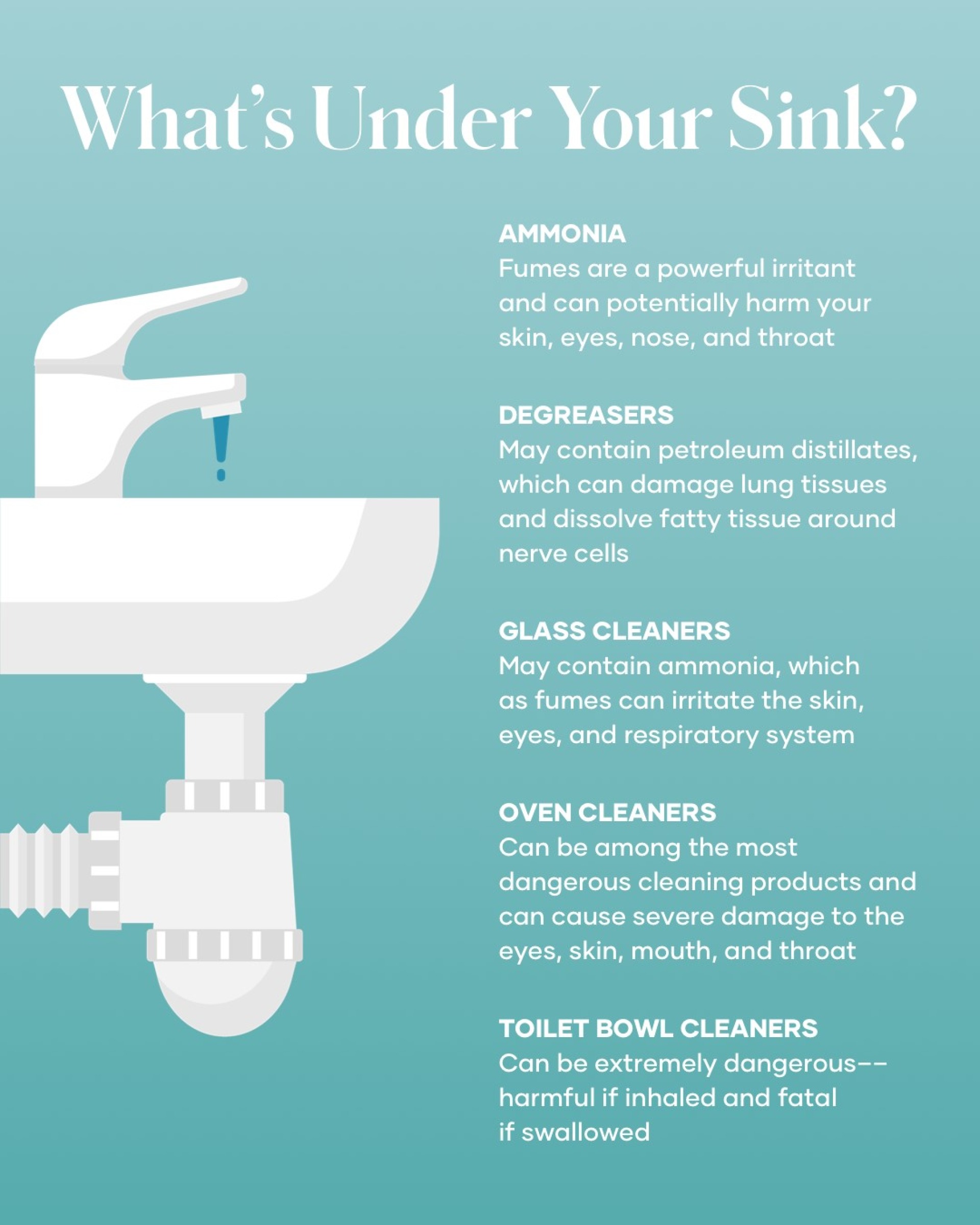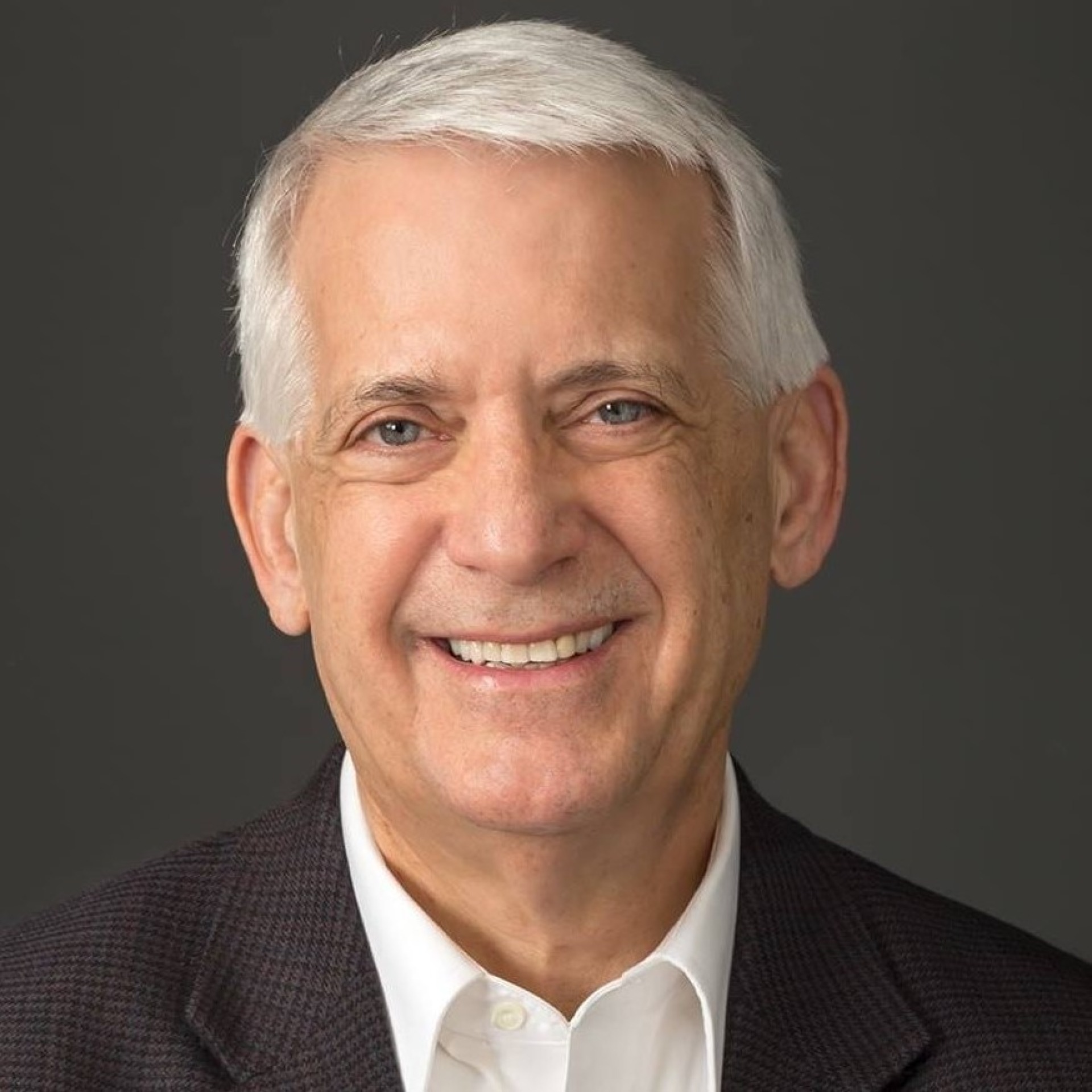What’s Under Your Sink? Why It’s Time to Rethink Household Cleaners.

As we move into spring, many of us take the opportunity to deep-clean our homes, air out the cobwebs, and create a fresher space for the season ahead. But one area that often gets overlooked is also one of the most important—what’s under the sinkIf you haven’t checked the labels on your cleaning products lately, it may be time to take a second look.
While conventional cleaners are marketed as must-haves for a spotless home, many contain chemicals that come with serious health and environmental concerns. The products we use every day to wipe down counters, scrub bathrooms, or shine glass could be affecting our lungs, skin, and even long-term well-being.
Common Offenders Lurking in Plain Sight
Here are just a few examples of chemicals found in widely used household cleaners—and the risks they may carry:
- Ammonia: Common in glass cleaners, ammonia fumes can irritate the eyes, nose, throat, and lungs.
- Degreasers: Often containing petroleum distillates, these can damage lung tissue and may affect the nervous system with prolonged exposure.
- Oven Cleaners: Some of the most hazardous products on the market, oven cleaners can cause severe skin burns and eye injuries.
- Toilet Bowl Cleaners: These potent formulas are not only dangerous if swallowed, but they can also cause respiratory irritation—even from brief exposure.

How “Clean” Are Our Cleaners?
Consumer safety organizations like the Environmental Working Group (EWG) have rated many popular cleaning brands, and the results are eye-opening. Several well-known household names received failing grades due to their use of harmful ingredients and lack of transparency.
Products from brands such as:
- Ajax®
- Charlie’s Soap®
- Clorox®
- Fabuloso®
- Green Works®
- Lysol®
- Mr. Clean®
- Pledge®
- Scrubbing Bubbles®
- Tilex®
- Windex®
- Simple Green® All-Purpose Cleaner
…have all received poor marks for safety.
What Can You Do?
Making the switch to safer alternatives doesn’t have to be overwhelming. Here are two simple steps to get started:
- Choose non-toxic, eco-friendly cleaners. Look for products that are free from harsh chemicals and fragrances, made from biodegradable ingredients, and labeled as safe for both people and pets.
- Start small. Check your cabinets and begin replacing the most hazardous items first. There are plenty of effective, safer options on the market today that clean just as well—without the harmful side effects.
A Healthier Home, A Healthier Community
Rethinking the products we bring into our homes isn’t just a personal decision—it’s a community-minded one. Fewer toxins in our households mean cleaner air, less pollution in our waterways, and better health outcomes for everyone, especially young children and those with respiratory conditions.
If you’re not sure where to start, I’m happy to share suggestions or a guide to safer swaps.
Here’s to a fresher, safer spring—for our homes, our health, and our local environment.

Bob Ferguson
(913) 208−6357
bob@fergleads.com

